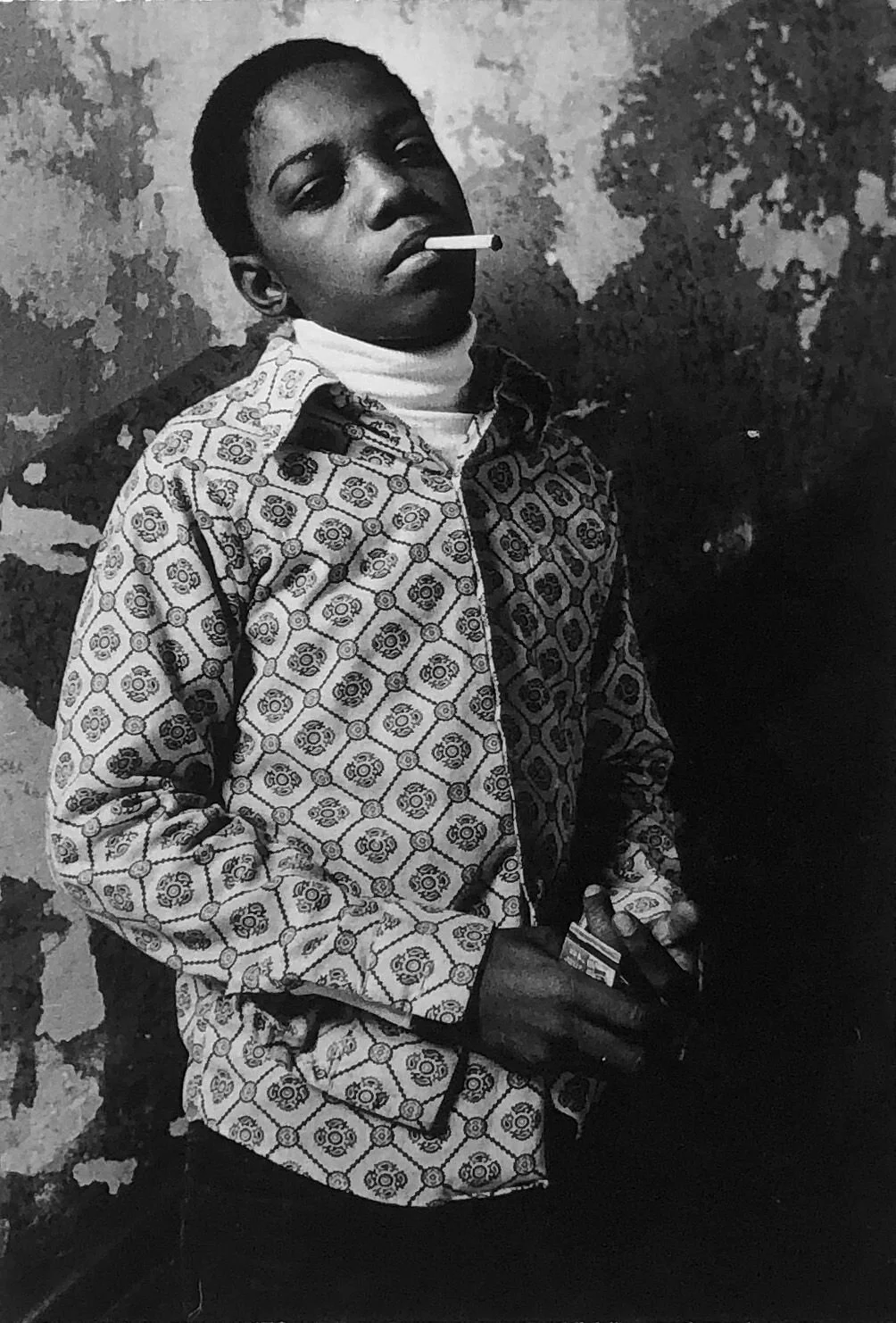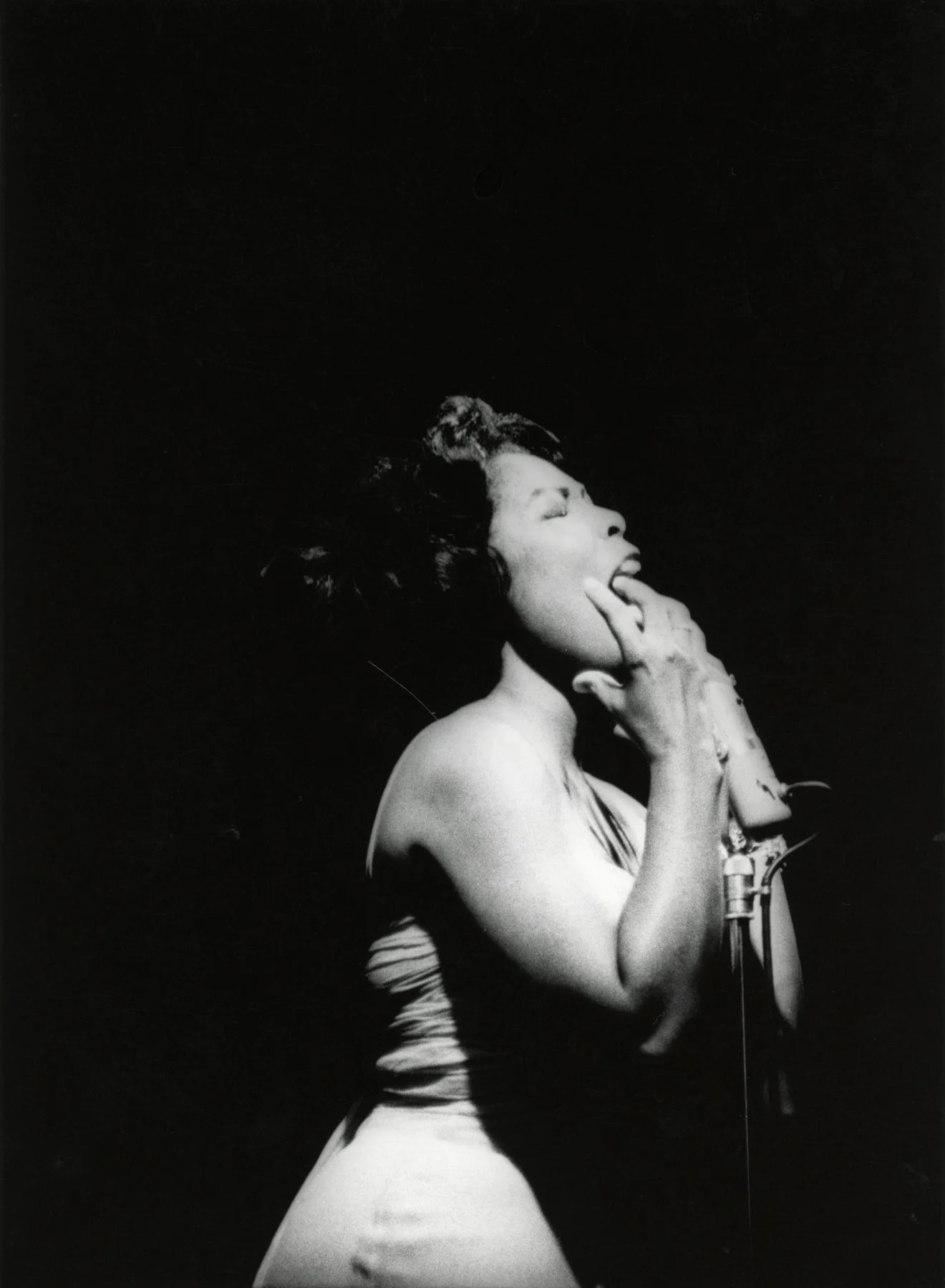Shawn W. Walker
“Lost & Found”
New York, 529 West 20th Street
Lost & Found, an exhibition of rediscovered early exhibition prints by one of the founding members of the Kamoinge Workshop. These extraordinary photographs, created in the first decade of the artist’s sixty-year career, depict and immortalize members of the artist’s community who were all too often overlooked and unseen, serving as a window into the origins of the artist’s creative practice. Having rested dormant, safely stored, and forgotten in The Schomburg Center for Research in Black Culture archives for over a half-century and now reunited with the artist, many of the photographs exhibited in Lost and Found are being shown in public for the very first time. They are some of the few early prints still in the artist’s possession after his archive of over 100,000 images was acquired by the Library of Congress in 2019 in what would become the first photography archive of a black artist procured by the institution.
Shawn W. Walker (b. 1940) was born and raised in Harlem, New York, with parents originating in “The Jim Crow South.” Coming of age, he grew fond of photography through his uncle, an avid street photographer. Around 1960 Walker began to walk the streets of his Harlem neighborhood with his camera, documenting the life of a vibrant and diverse community. In 1963, a friend of Walker invited him to West 112 Street in Harlem to Al Fennar’s apartment where he met and joined the photographers who became The Kamoinge Workshop, a newly formed collective of local Black photographers who shared the common goal of raising the perception of the black community in America and abroad through positive imagery. The Kamoinge Workshop continues to be the longest-running photography collective in the world and has recently been featured in shows at the Virginia Museum of Fine Art, the Whitney, and the Getty. Walker remains an active member of the Workshop to this day.
Through Kamoinge, Walker was exposed to such artists as Louis Draper, Adger Cowans, Roy DeCarava, Al Fennar, and most importantly, Ray Frances, Walker received his true education, attending weekly critiques of photography and in-depth discussions and lessons in painting, filmmaking, literature, and jazz. He often worked two or three jobs to support himself during these early years, but in 1965, he joined as a founding member of the Third World Newsreel, alongside his other position as a staff photographer for the Harlem Daily. While on staff for the Newsreel, he was assigned a major three-month tour of Cuba where he would photograph everyday life, specifically creating a motion picture documenting the building of a new school. This trip, however successful, led Walker to be listed by the F.B.I. as an internal threat. Deciding to stay out of the United States, he was invited to Guyana to visit a friend. While in Guyana, he assimilated with a culture close to his own, stating, “when I traveled to photograph, I never felt inclined to visit Europe; I always felt connected to the people in Africa.” Works from Cuba and Guyana are on view in this exhibition.






